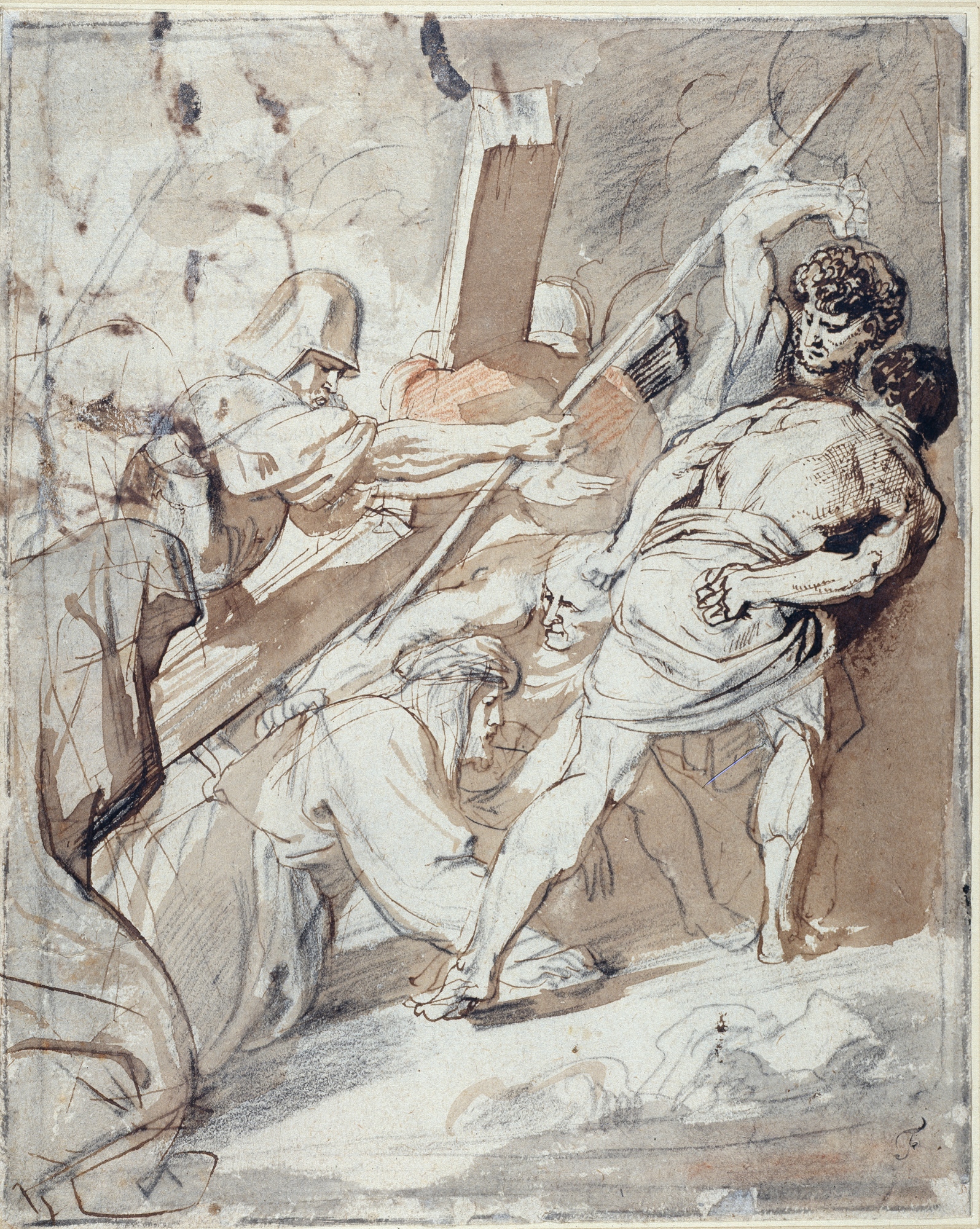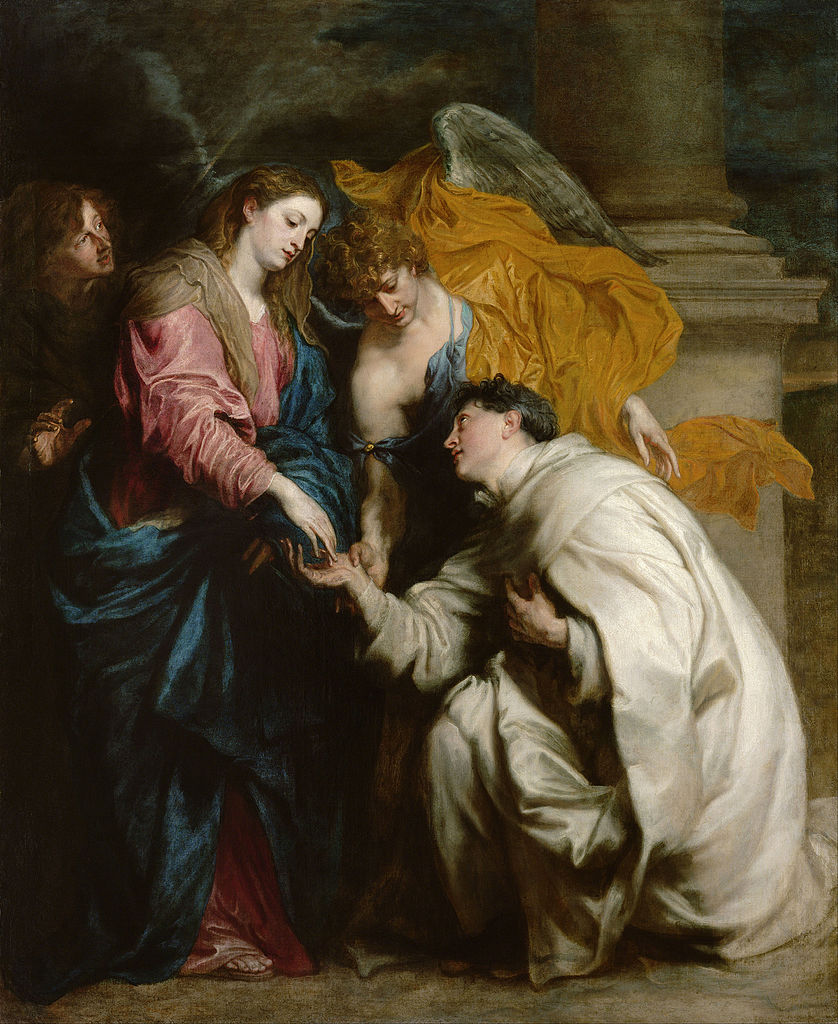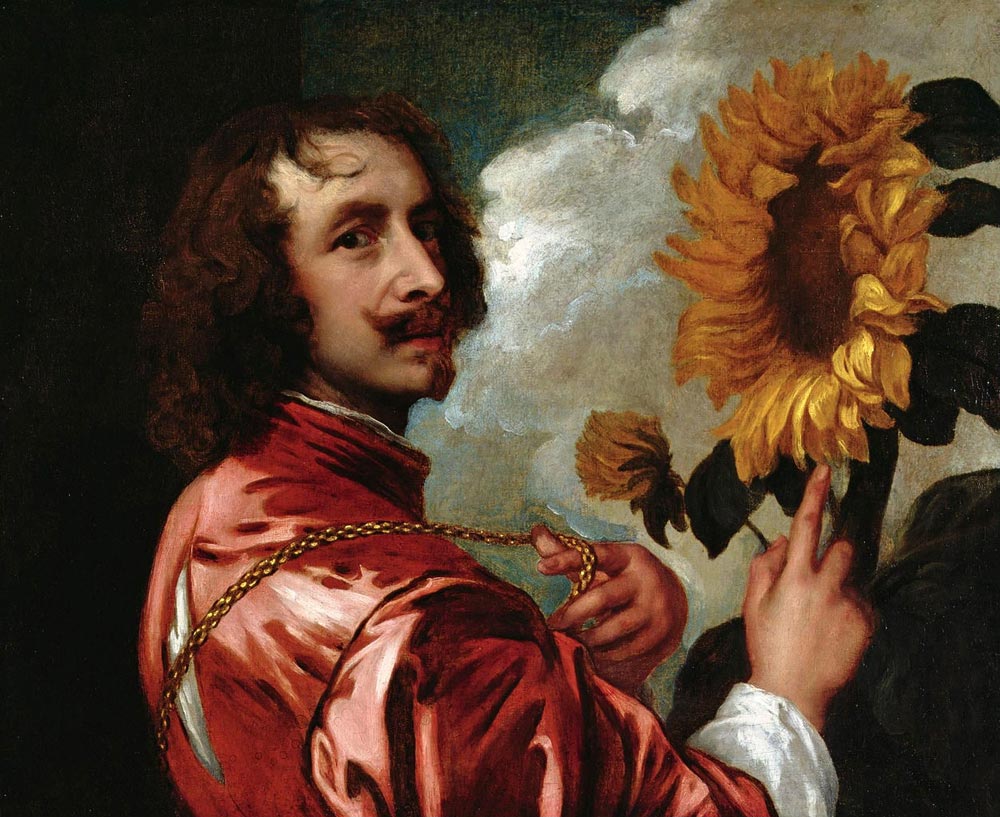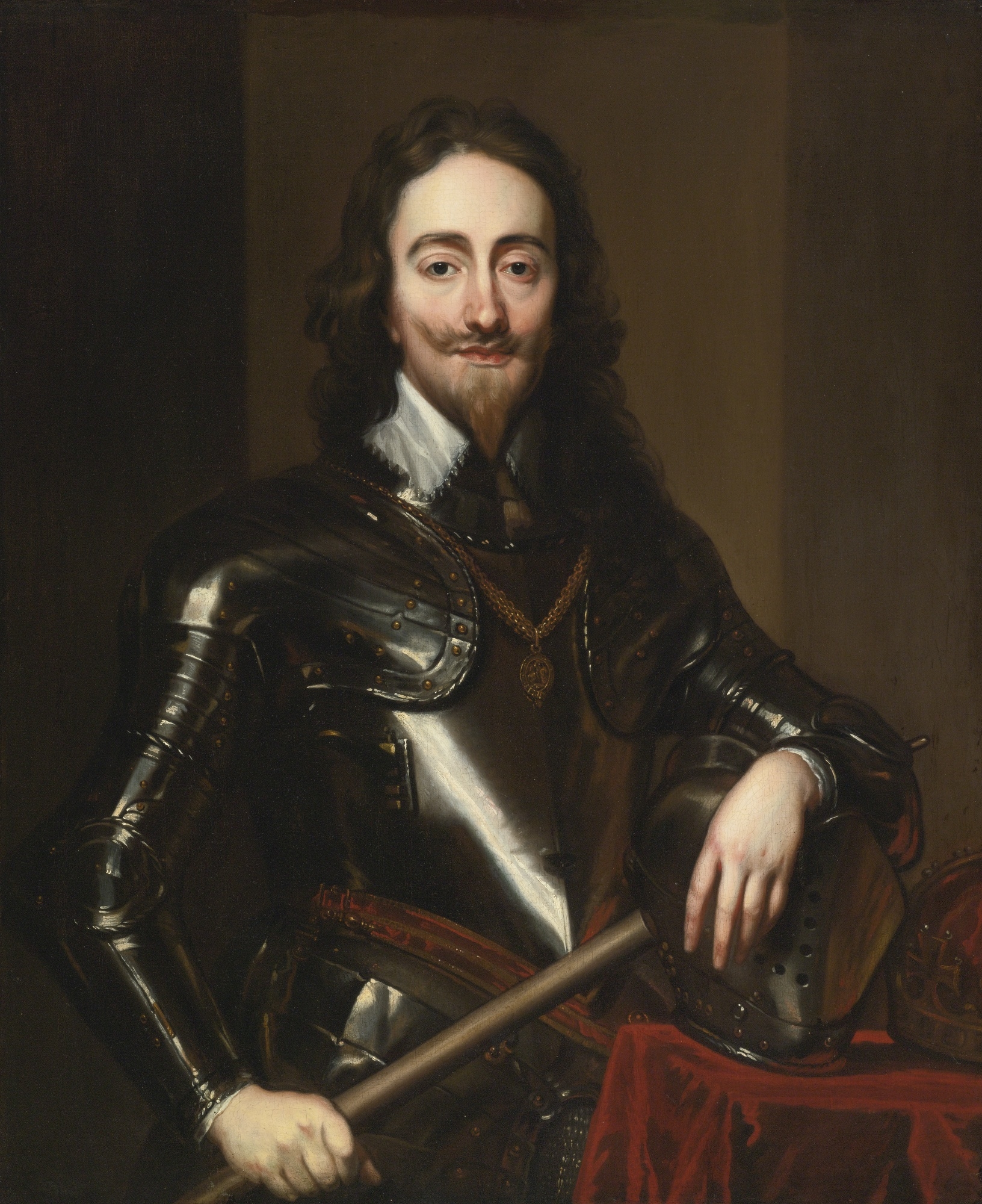
Sir Anthony van Dyck
Dyck, Anthony Van Head of Old Men Oil on canvas. 1618 - 1620 Dyck, Anthony Van. A bearded, grey-haired old man turns his head to the left over a black background. This is similar to another head by the same artist (P01694) and is probably a sketch or model for a larger work, intended to study expressions and posture.

Van Dyck 15991641 self portrait Anthony Van Dyck, Sir Anthony, Self Portrait, Portrait Painting
Portraits (1613-1632) Between 1613 and 1632, van Dyck travelled all over Europe - from his native Antwerp (where he began working as a painter, initially under Hendrick van Balen and later with Peter Paul Rubens), to England for a brief stay at the court of James I and then to Italy, where he had the chance to get to know the old masters. He then finally settled back in Flanders.

Anthony van dyck, Portrait, Portrait painting
The Young Van Dyck. In 1609 Van Dyck was apprenticed to Hendrik van Balen, one of the leading painters in Antwerp. From there he probably went to the studio of Rubens, but it is not clear when this happened. Between approximately 1613 and 1618, the year when he registered as a master in the painters' guild, Van Dyck worked in a variety of styles.
Retrato de família por Sir Antony Van Dyck (15991641, Belgium) Reproduções De Arte Sir Antony
Born in Antwerp on 22 March 1599, Anthony van Dyck was the seventh child of Frans van Dyck, a wealthy silk merchant, and Maria Cuypers, who was renowned for her embroidery skills. In 1609, when he was ten years old, his parents apprenticed the precocious youth to Hendrik van Balen (1575-1632), a painter of small cabinet pictures and dean of the.

Pin on Early Modern Europe
Notes. Loan Restrictions. Title: Portrait of a Woman, Called the Marchesa Durazzo. Artist: Anthony van Dyck (Flemish, Antwerp 1599-1641 London) Date: probably ca. 1622-25. Medium: Oil on canvas. Dimensions: 44 5/8 x 37 3/4 in. (113.3 x 95.9 cm) Classification: Paintings. Credit Line: Bequest of Benjamin Altman, 1913.

Spencer Alley Van Dyck
Anton Van Dyck: obras más importantes. Entre las obras más destacadas de Anton Van Dyck destacamos El emperador Teodosio y San Ambrosio (1619-1620), "La continencia de Escipión" (1621), "El conde de Arundel y su nieto Thomas" (1635), "Carlos I de Inglaterra a caballo". Unas obras que nos ilustran sobre el estilo y temáticas características.

CategoryGoogle Art Project works by Anthony van Dyck Wikimedia Commons Anthony van dyck
Anthony van Dyck: 9 works Una presentación de obras de arte seleccionadas automáticamente de varias colecciones.. Van Dyck captures the chubby roundness and rosy colouring of the young princesses' faces offset by their linen caps and the elder sister's pearl necklace.' Portrait of Olivia Boteler Porter (1630/1640) de Anthony Van DyckThe.

Anton van Dyck (1599 1641) Obras y apunte biográfico del artista
In 1624, Anthony van Dyck moved from Genoa to Palermo in Sicily. Soon after his arrival, the city was struck by a plague which killed most of the population. Van Dyck in Sicily: Painting and the.

"SelfPortrait" by Anthony van Dyck via DailyArt app, your daily dose of art
Antoon van Dyck (his Flemish name) was born to prosperous parents in Antwerp. His father was Franz van Dyck, a silk merchant, and his mother was Maria, daughter of Dirk Cupers and Catharina Conincx. He was baptised on 23 March 1599 (as Anthonio). His talent was evident very early, and he was studying painting with Hendrick van Balen by 1609.

Anton van Dyck Arte Taringa!
Dyck, Anthony van. The most important early-17th-century Flemish painter after Rubens, Van Dyck was considered Rubens' equal by the 18th century. Born in Antwerp, the Spanish Netherlands' main mercantile and cultural center, he was a disciple of Hendrik van Balen. By 1615-1616, he was already an independent artist and by 1618 he was a.

Pinturas de Antoon Van Dyck! Anthony van dyck, Pinturas y Moda del siglo 17
Religious-themed paintings and prints are on display in the Fine Arts Museum, including St. John in the Wilderness by Sir Anthony Van Dyck, c.1624. Programming varies throughout the academic year and includes lectures, poetry readings and musical performances as well as community outreach programs. Contemporary Art Gallery

Anthony Van Dyck Biography (15991641) Life of a Flemish Artist
Anthony van Dyck as a printmaker, Amberes Open -Rijksmuseum Amsterdam, 1999, pp. 258, n. 35.. Obras maestras del Museo del Prado Osaka 14.07.2006 - 15.10.2006 . De Tiziano a Goya. Obras maestras del Museo del Prado Tokio 24.03.2006 - 02.07.2006 . Anton Van Dyck. Riflessi italiani.

Van Dyck The Man, the Artist and his Influence YouTube
Van Dyck admirava as obras desses velhos mestres venezianos. Entretanto, Van Dyck, quando veio à Inglaterra pela primeira vez, não se saiu bem-sucedido ao ser apresentado a Jaime I. Tendo regressado a Antuérpia em 1621, Van Dyck, no outono desse mesmo ano, partiu para a Itália, instalando-se em Gênova, onde ficaria por seis anos. Era uma.

Anthony Van Dyck (15991641) Queen Henrietta Maria before Aug 1632?. Oil on canvas. 109 x 86,2
Anton van Dyck: Obras. Abraham and Isaac, 1617. An Apostle, 1618. Head of a Robber, 1618. St Martin Dividing his Cloak, 1618. The Penitent Apostle Peter, 1618. Young Woman with a Child, 1618. Studies of a Man's Head, 1619. An Apostle with Folded Hands, 1620.

Anton van Dyck *Bélgica (1599 1641) Retratos, Plasticos, Siglo xvii
Sir Anthony van Dyck (Dutch: Antoon van Dyck [ˈɑntoːɱ vɑn ˈdɛik]; 22 March 1599 - 9 December 1641) was a Flemish Baroque artist who became the leading court painter in England after success in the Spanish Netherlands and Italy.. The seventh child of Frans van Dyck, a wealthy Antwerp silk merchant, Anthony painted from an early age. He was successful as an independent painter in his.

Anthony van Dyck PORTRAIT OF CHARLES I MutualArt
The Crowning with Thorns. 1618 - 1620. Oil on canvas. Various figures surround Christ and mock him. An armed soldier and an executioner place the Crown of Thorns on his head while another offers him a cane as his scepter. The scene is contemplated by two other figures through a window. This work from Van Dyck's youth is strongly influenced by.